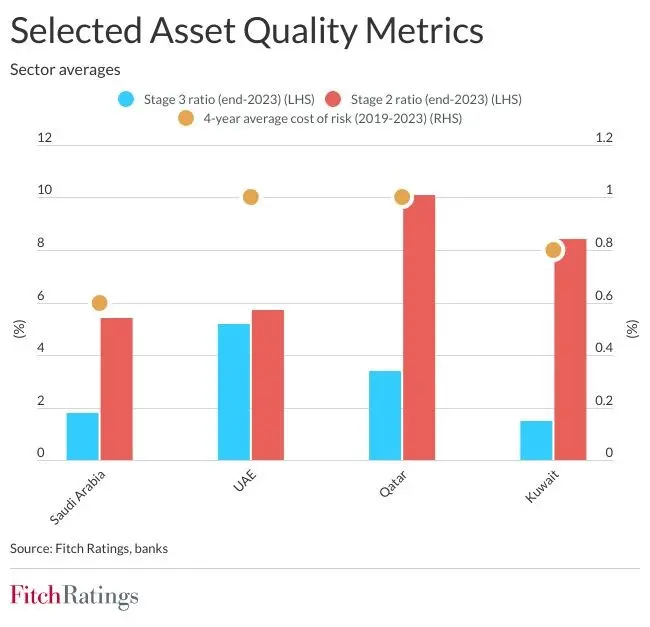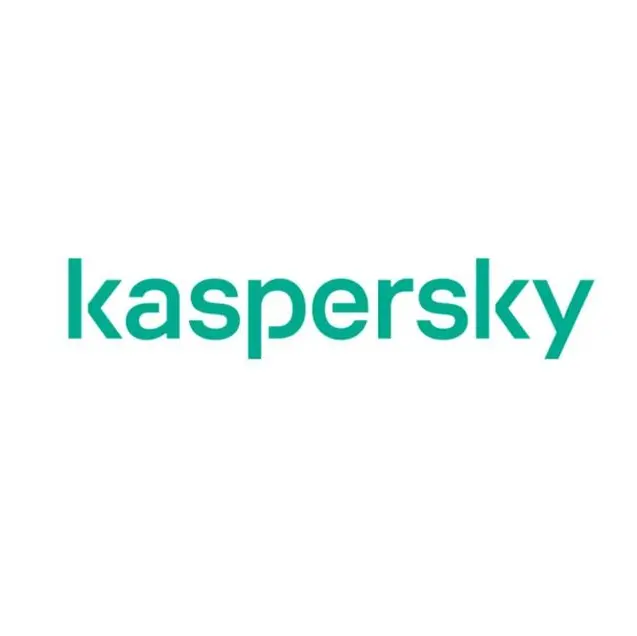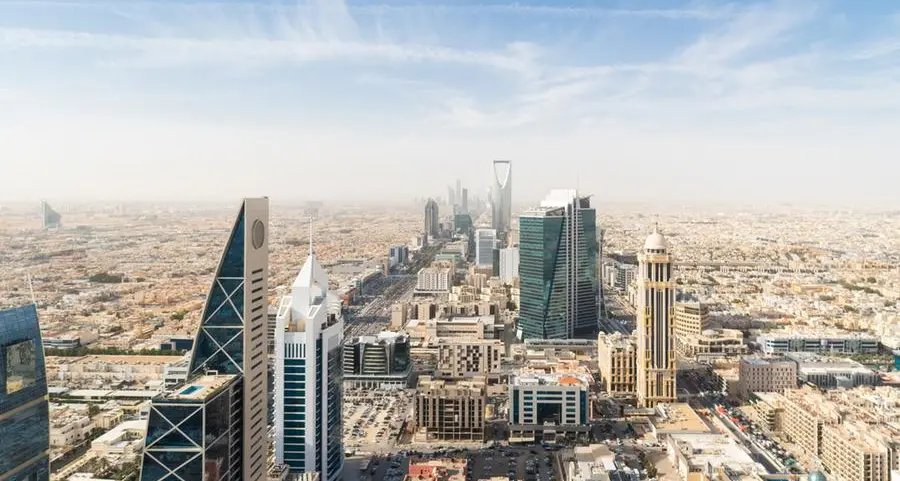PHOTO
Fitch Ratings-London: Saudi banks typically have the strongest risk profiles among lenders in the major Gulf Cooperation Council (GCC) markets, underpinning their asset quality, Fitch Ratings says.
Fitch’s asset quality and risk profile scores for banks in the region are strongly correlated, as the business models of GCC banks are mainly focused on lending. Credit risks are therefore a major influence on their risk profiles. The weighted-average risk-profile score for Saudi banks is just below ‘bbb+’ and the weighted-average asset quality score is ‘bbb+’. In the UAE, Qatar and Kuwait, both weighted-average scores are two notches lower, at ‘bbb-’.
The stronger scores for Saudi banks are despite credit growth of about 2x times the GCC average in 2022-2023 due to increased government spending and strong non-oil GDP growth. Nonetheless, banking system assets were still only 99% of GDP at end-2023, compared with 206% in the UAE, 240% in Qatar and 159% in Kuwait.
Saudi banks’ stronger risk profiles are reflected in their asset quality metrics. The sector cost of risk averaged 60bp on 2019-2023, below the averages for the UAE, Qatari and Kuwaiti banking sectors. Likewise, the combined Stage 2 and 3 loans ratio of 7.2% was the lowest among the four markets.


Fitch’s stronger risk profile assessment for Saudi banks reflects their generally more conservative underwriting standards and risk controls. It also takes into consideration our view that the Saudi Central Bank, SAMA, is the strictest and most prudent banking regulator in the region.
Saudi banks have less borrower concentration than UAE and Qatari banks, but a similar level to Kuwaiti banks, due to a larger and more diversified economy and strong retail financing in 2021-2023. The 20 largest exposures at Saudi and Kuwaiti banks account for about 20% of the loan books on average, but significantly more - about 35% - at UAE and Qatari banks. Saudi banks’ levels of financing to companies owned or managed by high net worth individuals, including royal family members, are lower than at some UAE and Qatari banks.
Exposure to real estate and construction companies by Saudi banks increased to 15% of gross sector financing at end-1Q24 from 12% at end-2021, and we expect the trend to continue as non-oil sectors expand further. Saudi banks’ real estate financing proportion is now similar that of Qatari and UAE banks, but still below the average for Kuwaiti lenders (end-2023: 24% of gross loans).
We typically view high exposure to real estate financing as a weakness for GCC banks’ risk profiles and asset quality, as the exposures are mostly long-term and often non-amortising with final repayment contingent upon full completion of the building. Potential difficulty in realising underlying collateral or repossessing prime residences can also weigh on how Fitch views the exposures.
-Ends-
For further analysis of the Saudi, UAE, Qatari and Kuwaiti banking sectors, see Fitch’s recently published report, ‘Major GCC Banking Sectors’ Risk Profiles’, available at www.fitchratings.com or by clicking here.




















